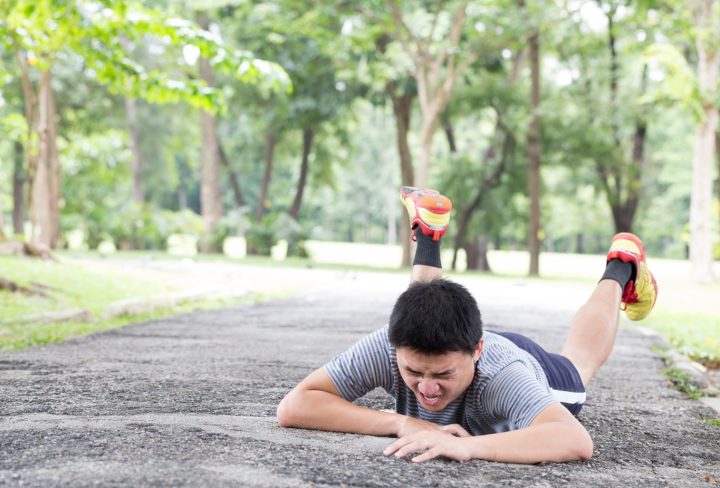Welcome to our comprehensive guide on FOOSH injuries!
Falling on an outstretched hand (FOOSH) is a common mechanism of injury, especially in active individuals, athletes, and children. This article delves into the causes, symptoms, and effective treatments for FOOSH injuries, empowering you with the essential knowledge to deal with such incidents promptly and effectively.
What is a FOOSH Injury?
A FOOSH injury occurs when an individual falls and attempts to break the fall by extending their hand to the ground. A fall can result in considerable damage to the hand, wrist, forearm, or even the shoulder. These injuries are often associated with sports activities, recreational endeavors, and accidental falls, making them prevalent across all age groups.
Common Causes of FOOSH Injuries:
- Sports Accidents: Athletes participating in high-impact sports like basketball, skateboarding, and snowboarding are at increased risk of FOOSH injuries due to the nature of their activities.
- Slip and Fall Incidents: Slippery surfaces or uneven terrain can lead to unexpected falls, resulting in FOOSH injuries for those unable to brace themselves.
- Workplace Mishaps: Certain professions, such as construction workers and manual laborers, may encounter FOOSH injuries when they lose balance or encounter unexpected hazards.
- Playground Accidents: Children engaged in play activities on swings, slides, or jungle gyms are susceptible to FOOSH injuries if they lose balance and attempt to break their fall.
Common Symptoms of FOOSH Injuries:
Recognizing the symptoms of FOOSH injuries is crucial for seeking prompt medical attention. Some of the telltale signs include:
- Pain and Swelling: Immediate pain and swelling in the wrist, hand, or forearm after the fall are typical indicators of a FOOSH injury.
- Limited Range of Motion: Difficulty moving the affected hand or wrist, accompanied by stiffness, may signal an injury that requires attention.
- Bruising and Discoloration: Visible bruising or discoloration around the injured area may indicate internal bleeding or soft tissue damage.
- Deformity: In severe cases, a FOOSH injury can lead to a noticeable deformity in the wrist or hand, indicating a possible fracture.
Effective Treatment for FOOSH Injuries:
Upon experiencing a FOOSH injury, it’s essential to follow these steps for optimal recovery:
- Rest, Ice, Compression, Elevation (RICE): Initially, apply the RICE method to reduce swelling and alleviate pain. Rest the injured hand, apply ice packs intermittently, use compression bandages, and elevate the hand to reduce swelling.
- Seek Professional Medical Advice: If the pain worsens, or if there is a visible deformity, seek immediate medical attention. A healthcare professional will assess the injury and suggest for X-rays or other diagnostic tests to determine the extent of the damage.
- Immobilization: Based on the severity of the Foosh injury, a splint or cast may be necessary to immobilize the hand or wrist, allowing it to heal correctly.
- Physical Therapy: Once the initial healing phase is done, physical therapy may be recommended to restore flexibility, strength, and range of motion (ROM) in the affected hand or wrist.
FOOSH injuries can be painful, but timely intervention allows full recovery. Stay aware of causes, symptoms, and treatments to respond effectively. To maintain an active lifestyle, seek medical attention and care for hand and wrist health. Stay safe!
KEYWORDS
- FOOSH injuries
- Falling on an outstretched hand
- Causes of FOOSH injuries
- Symptoms of FOOSH injuries
- Treatment for FOOSH injuries
- RICE method for FOOSH injuries
- Physical therapy for FOOSH injuries
- Recognizing FOOSH injury symptoms
- Hand and wrist health
- Preventing FOOSH injuries


